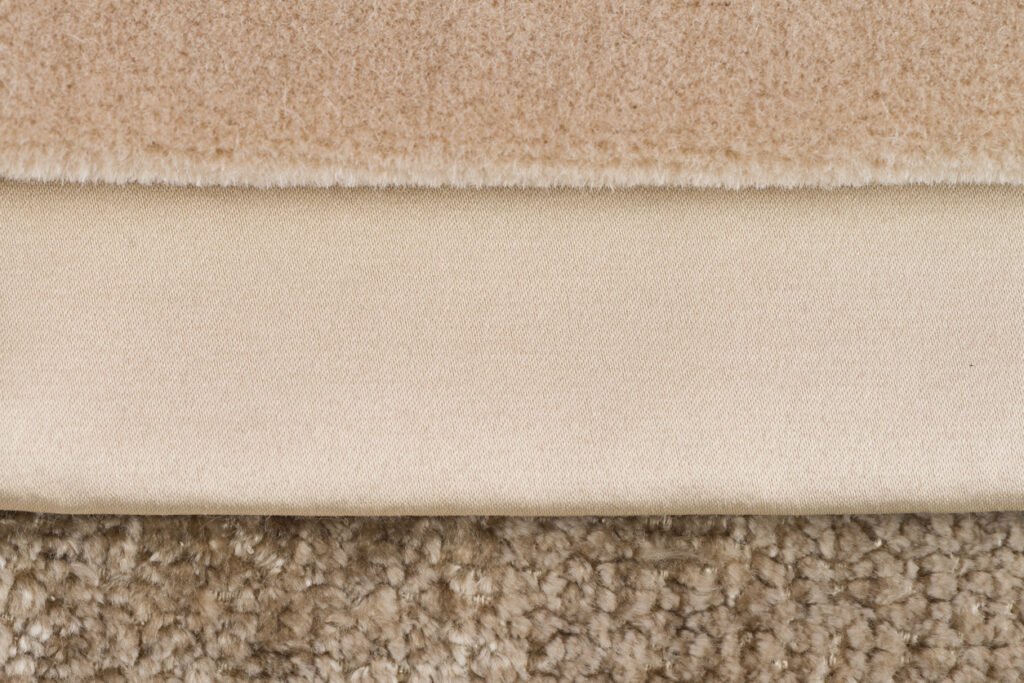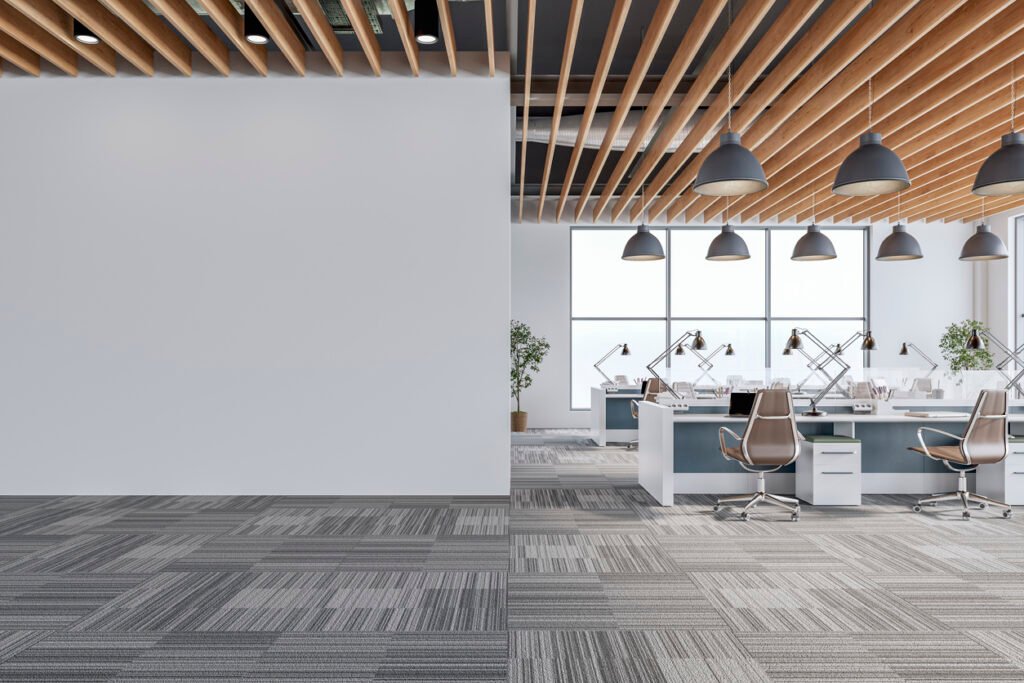The Complete Guide to Commercial Carpet Maintenance: From Fibers to Floor Care

The Complete Guide to Commercial Carpet Maintenance: From Fibers to Floor Care
Carpet may not be the flashiest feature in your building, but it plays a critical role in appearance, acoustics, comfort, and cleanliness. For commercial facilities, the right carpet—and the right maintenance plan—can make all the difference in long-term value and presentation. At Personal Touch Service Solutions, we combine decades of experience with the science of materials to help you protect your flooring investment.
This guide breaks down what you need to know about carpet types, performance, cleaning methods, and when to consider stain-resistant treatments.

Understanding Carpet Fibers: Choosing the Right Material for Performance
Every carpet begins with its fiber—and each fiber type offers its own mix of durability, appearance retention, and maintenance needs.
Olefin (Polypropylene)
● Pros: Moisture- and stain-resistant, fade-resistant, cost-effective
● Cons: Tends to crush under heavy foot traffic, shows wear more quickly, lower resiliency ● Best for: Low-traffic areas, moisture-prone spaces, utility areas
Nylon
● Pros: Very strong and durable, resists crushing, naturally stain resistant,easy to clean ● Cons: More expensive than olefin, can be susceptible to fading, doesn’t handle friction ● Best for: High-traffic offices, hallways, commercial lobbies
Wool
● Pros: Luxurious feel, naturally resilient, biodegradable, long lifespan
● Cons: Expensive, requires specialized cleaning, sensitive to moisture and some stains ● Best for: Executive suites, hospitality settings, high-end interiors
Wool Blends
● Pros: Combines luxury of wool with added durability from synthetics
● Cons: Still relatively expensive, may require custom maintenance plans ● Best for: Upscale spaces wanting both resilience and aesthetic value
Understanding Carpet Construction: Cut, Loop, and Everything in Between
Fiber alone doesn’t tell the whole story. Construction type impacts how a carpet performs under pressure, how well it hides soil, and how it looks over time.
Saxony (Cut Pile)
● Pros: Soft, plush appearance
● Cons: Shows footprints and vacuum marks; not ideal for high-traffic commercial use ● Best for: Private offices or spaces prioritizing comfort over wear resistance
Frieze (Twisted Cut Pile)
● Pros: Excellent at hiding footprints and vacuum tracks, better resilience than Saxony ● Cons: Can look informal in certain settings
● Best for: Medium-traffic areas, casual spaces, breakrooms
Loop (Berber)
● Pros: Very durable, hides dirt well, short loop resists crushing
● Cons: Can snag easily; not recommended in environments where rolling carts or heels are common, hard to clean, wick back possible
● Best for: Corridors, retail spaces, multi-use buildings
Multi-Tonal or Patterned
● Pros: Camouflages dirt and stains, adds visual interest
● Cons: Slightly higher cost, may require matching during installation
● Best for: Anywhere appearance matters and maintenance is a priority
Cleaning Methods: Interim vs. Restorative
To keep carpet looking its best, a smart maintenance plan includes both interim cleaning and restorative deep cleaning.
Interim Cleaning
● Method: Low-moisture encapsulation, bonnet cleaning, or light extraction ● Pros: Fast drying time, minimal disruption, helps maintain appearance ● Cons: Doesn’t remove deeply embedded soils or allergens
● Best for: Monthly or quarterly refreshes in moderate-traffic zones
Restorative Cleaning
● Method: Hot water extraction (steam cleaning), deep shampooing, or truck-mount systems
● Pros: Removes deep soil, stains, and resets carpet appearance
● Cons: Requires longer drying time, more labor-intensive
● Best for: Scheduled deep cleaning 1–2 times per year depending on use
Our Recommendation: A combination of both interim and restorative cleanings is the most cost-effective strategy. Interim cleanings preserve the look between restorative services, extend carpet life, and reduce wear patterns.
The Role of Stain Repellents: When to Apply Them
Stain repellent treatments can add an extra layer of protection—but they aren’t necessary for every carpet because some have stain resistance built into the carpeting in manufacturing.. We recommend considering stain protectors when:
● The carpet is new, high-end wool or wool blends
● The area has a high risk of spills (breakrooms, lobbies, waiting rooms) ● You’re trying to extend the time between professional cleanings
These products work by forming a protective barrier that repels liquids and prevents soil from bonding to the fibers. However, they do wear off over time and should be reapplied as part of a long-term maintenance plan. Check to see if your carpet has integrated stain protection or factory applied stain resistance.
Carpet Maintenance That Works for Your Facility
At Personal Touch, we help our clients choose, maintain, and protect their carpets with a plan tailored to their facility’s needs, traffic patterns, and budget. Whether you’re dealing with daily wear in a medical office or preserving luxury materials in an executive suite, we bring the tools and know-how to keep your flooring clean, healthy, and professional.
Let us help you build a carpet care plan that combines appearance, longevity, and practicality—because flooring should always make your facility look its best.

Leave Comment